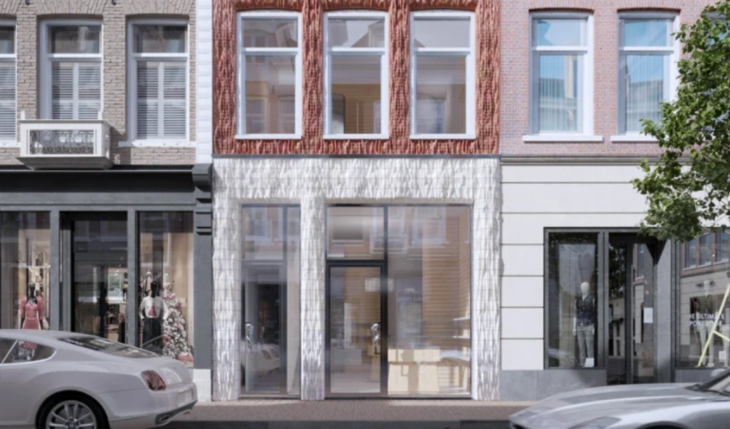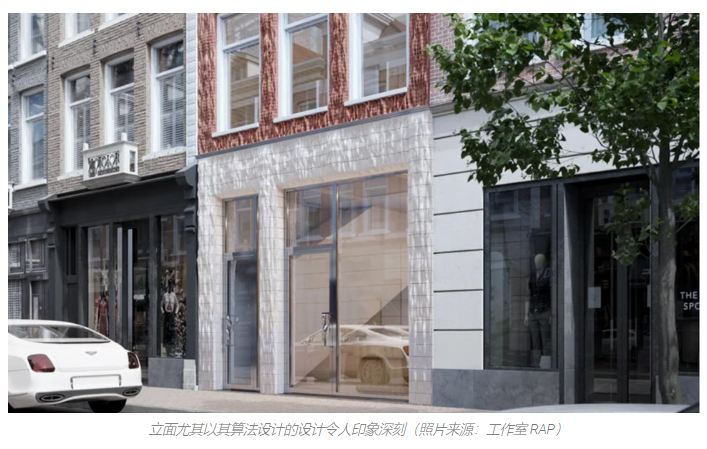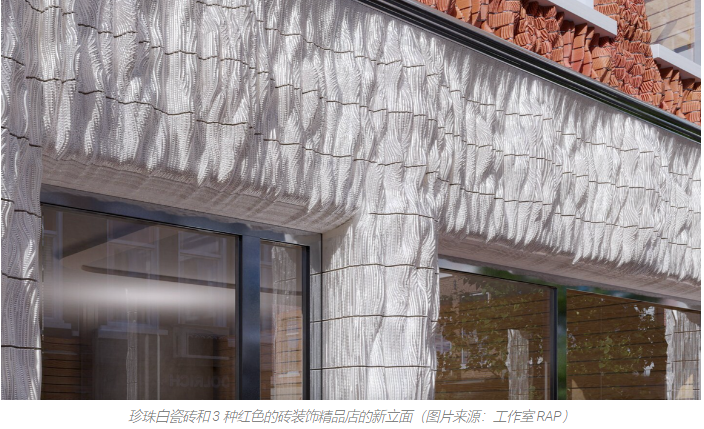In the Netherlands, traditional craftsmanship meets innovative technology in an unexpected place. Rotterdam studio RAP was tasked with designing the façade for a boutique in Amsterdam. This is a luxury boutique on the popular shopping street PC Hooftstraat. The façade itself, which is still under construction, is entirely manufactured using additive manufacturing. Soon, tiles and red bricks from 3D printers will add a new luster to the facade. The design not only replicates the original façade, but also fits perfectly into the overall concept of the shopping street.

Studio RAP is a company focused on innovative digital manufacturing methods
architecture
company. This led the Dutch company to explicitly choose to consider the use of additive manufacturing in the creation of this façade, with the goal of being able to design, manage, build and improve the architecture in innovative ways. In the process, the architecture firm hopes to inspire people around the world with its state-of-the-art fabricated façade (scheduled for completion in summer 2022) with a contemporary expression of digital craftsmanship. This makes it possible for additive manufacturing to reinterpret historical classics in exciting ways. Particularly exciting is that the algorithmically designed façade was made in-house at studio RAP using a large format 3D printer from the manufacturer KUKA.
A new way of making exterior walls

The design of the 3D-printed façade evokes a knitted look, like a garment, making the entire building particularly attractive to passersby, distinct from the surrounding houses.Production adopts
ceramics
3D printingThe method, the material is highly sought after in Amsterdam, especially the nearby Rijksmuseum, which houses an extensive collection of ceramics from around the world. It is also possible that the facades of luxury boutiques will become part of the collection.

The façade of the lowest floor, where the boutique is located, shines with its pearl white glazed tiles. The boutique windows were put back inside. These 3D printed tiles start at the bottom of the facade and become more expressive as they rise. In addition, this floor of the building has a total of three four-and-a-half-meter-high columns and a fascia beam that serves as a horizontal support beam. For the upper floors, studio RAP used 3D-printed bricks, which were subsequently painted in three reds. The composition of the individual bricks is reminiscent of the original cross-bonded masonry. Finally, the bricks are glued to the laser-cut stainless steel boxes so they can be properly attached to the facade.
(responsible editor: admin)


0 Comments for “Studio RAP 3D Printed Facade – A Unique Landscape in Amsterdam’s Shopping Streets”